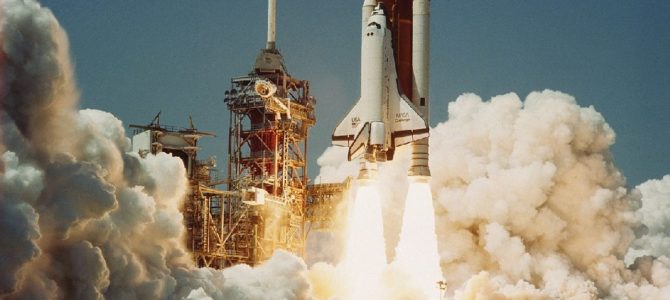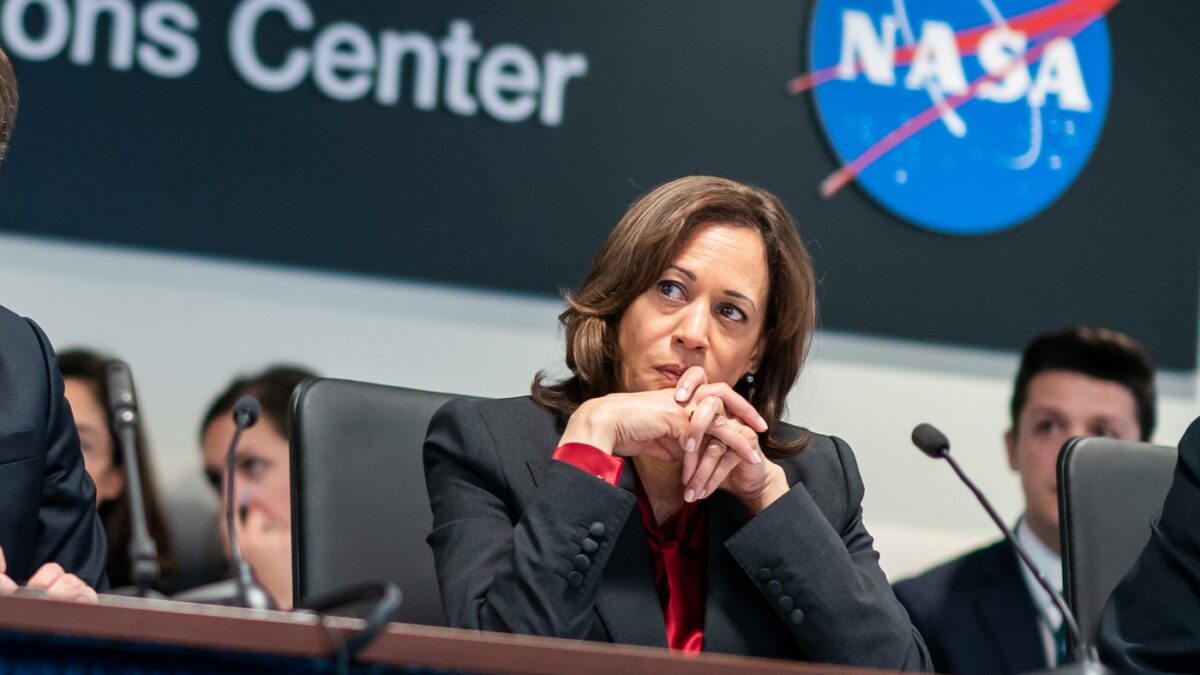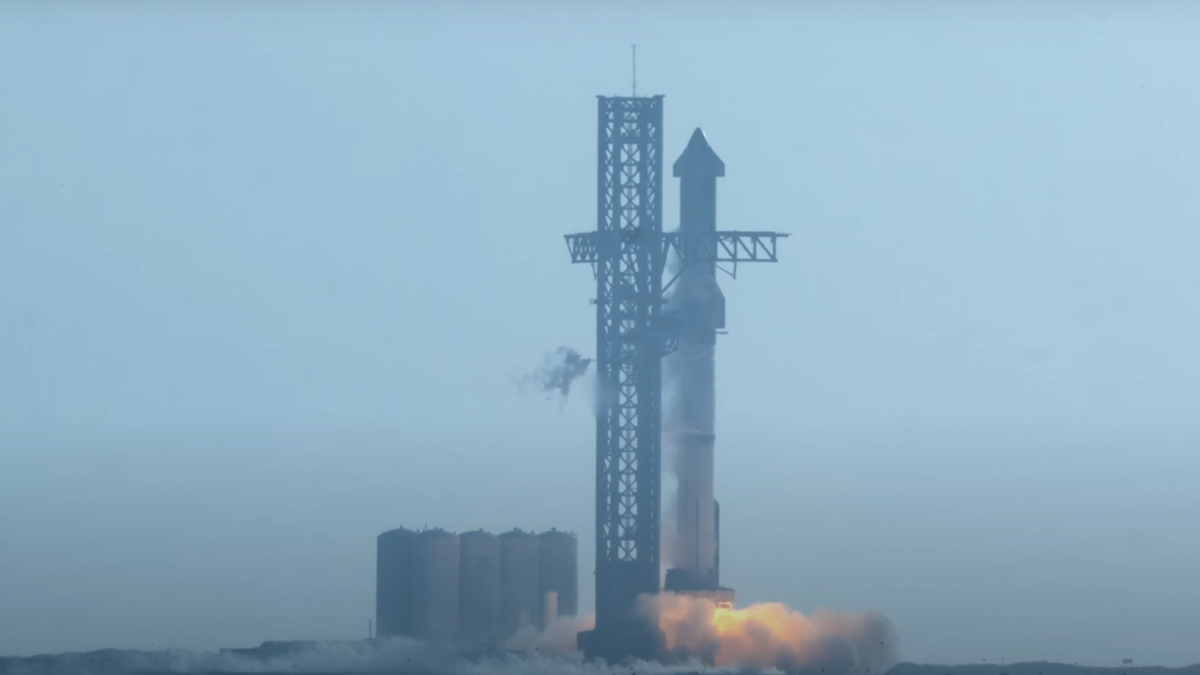
The push to create a new big-government space project has begun. Last week NASA proposed the third launch of the Space Launch System rocket (SLS) be used to begin constructing a lunar space station, what NASA has dubbed the Deep Space Gateway.
All the big space corporations have signed on. This week Lockheed Martin, builder of the Orion capsule, made its own announcement, describing the company’s concept for building that lunar space station as a jumping-off point for a Mars mission. In April Boeing unveiled its own concept for this lunar space station.
The big international government space agencies have also joined the party. Even as NASA proposed using SLS to build the gateway, it also announced an agreement with Russia to jointly study the concept of a space station orbiting the Moon. Meanwhile, the European Space Agency issued its own call for research proposals that could be carried out on NASA’s Deep Space Gateway. The ESA has been touting for several years its own concept of a Moon village, and it is likely they think a NASA lunar space station will increase the chances their own lunar base will be funded.
All these announcements seem timed to prepare the public for the first meeting of the National Space Council, set for October 5 at the Steven F. Udvar-Hazy Center of the Air and Space Museum in Chantilly, Virginia. That public meeting will recreate the council under President Trump and is clearly designed to garner as much media attention as possible. Headed by Vice President Mike Pence, the meeting “will include testimonials from expert witnesses who represent the sectors of the space industry: Civil Space, Commercial Space, and National Security Space.”
We’re So Excited for We’re Not Sure What
The announcement for this meeting revealed the members of this council, all of whom are Trump cabinet appointees, including Secretary of State Rex Tillerson, Secretary of Defense James Mattis, Secretary of Commerce Wilbur Ross, Secretary of Transportation Elaine Chao, and the acting secretary of Homeland Security, Elaine Duke.
This council, and the Trump administration, is faced with a dilemma. For more than a dozen years NASA and the federal government have been building the Orion capsule and the SLS rocket, first proposed by the second George Bush in 2004, and tasked with the mission of exploring the solar system.
Yet no one in the federal government has ever thought to pin down the specifics of that mission. That lack has been profoundly compounded by Congress’s refusal to allocate any money for any SLS/Orion flights past the first manned test mission.
Worse, based on NASA schedules, it looks like that first and only budgeted SLS/Orion manned flight will not occur any earlier than 2022, 18 years after Bush first proposed it in 2004. Moreover, the total amount of money that NASA will have spent for that single mission will be by then about $43 billion.
This is so absurd it bears repeating. NASA will have taken 18 years and $43 billion to fly a single manned flight, on a rocket and capsule initially based upon 1960s technology also reusing significant parts from the space shuttle.
There Is No Likelihood Of Any Success
This is the dilemma the Trump administration faces. SLS was supposed to be the rocket and Orion the capsule that would send Americans to the stars. Yes, the system is costly, unwieldy, and generally useless. Congress can’t afford it. Even if we could afford it, NASA has admitted that it can’t launch more than once per year, and will likely need two years between flights, a flight rate that pretty much makes any mission we might give it impossible to achieve.
Yet international big space companies and government agencies all want to keep SLS/Orion afloat. It is this desire that has prompted the various announcements by NASA, Russia, Lockheed Martin, Boeing, and ESA pushing the construction of a lunar space station. Such a project gives SLS a mission, and would justify funneling American taxpayer money to its contractors and international partners in Russia and Europe, even if they never fly anything.
So, what is Trump to do? The traditional pattern since John F. Kennedy has been for each president to give his own Kennedy-like speech, declaring that we will do some grand space achievement by some upcoming date, and that this achievement will prove the greatness of America and freedom!
Ronald Reagan did it in 1984 with his space station proposal. The first Bush did it in 1989, saying we should build a base on the Moon. His son followed in 2004 with a similar proposal. Barack Obama in 2010 said we should go to an asteroid by the 2020s. None of these speeches’ promises ever happened, but what difference does that make to a politician looking for a grand photo-op? I would expect nothing different from today’s politicians, including Trump.
We Don’t Make American Great Again With Boondoggles
Right now it appears, based on these news stories, that the Trump administration is gearing up to do the same, with Trump’s grand achievement being a lunar space station, to be built by the mid-2020s, with a possible specific goal of 2026, the 250th anniversary of the Declaration of Independence.
Whether this lunar space station concept makes sense is a subject for a different column. The point here is that it appears that the international community and the big space contractors are all converging on this concept, and are making a big push to convince the Trump administration to endorse it.
Based on this pressure, I fully expect Trump to make this endorsement. However, the key to understanding whether Trump is the revolutionary figure he and many of his supporters claim him to be will be how he frames such a declaration. If he ties it to continuing funding for SLS, he will prove that he is part of the problem, not the solution. SLS is simply too expensive and unwieldy. No nation can seriously mount the manned exploration and settlement of the solar system upon it.
For Trump to adopt it as the core of his lunar space station proposal would mean that his goal has nothing to do with making America great again. Instead, the goal will be to keep distributing pork to congressional districts and to our international partners, as we have seen now for the past 12 years since SLS/Orion was first proposed in 2004. Nothing has flown, but each year Congress has made sure that about $4 billion was distributed to these players.
Here Are Some Better Options
Trump does have other options, however, even if they include building a space station orbiting the Moon. On the same day last week that Lockheed Martin released its proposal for NASA’s Deep Space Gateway, Elon Musk gave a speech updating his own proposal for a big rocket more powerful than SLS, adding that he hopes SpaceX will have this rocket flying by 2022, the same year SLS’s first flight is scheduled.
Musk first announced this rocket idea one year ago. While his timeline of six years to develop and fly it is likely optimistic, his track record suggests he will come close to meeting it. His Falcon 9 rocket, for example, went from concept to launch in about this timeframe.
More important, it is certain that the total cost for Musk’s rocket will be far less than the $43 billion it will have cost NASA to fly SLS/Orion. Based on past history, the development cost for Musk’s rocket will likely cost about one-tenth as much, under $5 billion.
Nor is Musk the only private citizen planning to build a giant rocket comparable to SLS but costing far less. Jeff Bezos of Amazon is presently having his company Blue Origin design and build the New Glenn rocket, which would be almost as powerful as SLS and is scheduled to fly early in the next decade. More significantly, that rocket already has three launch contracts, suggesting the private satellite industry has faith that Bezos will meet his schedule with a rocket they can afford to buy.
No More Water for the Swamp
If Trump really wants to drain the swamp, he has to stop using the swamp when he proposes his own space projects. If he declares he wants to build a lunar space station, he needs to also declare that he will only fly its components using the cheapest and most affordable rockets.
In other words, he has to open his project up to the free market, competition, and the concepts of capitalism. He should order that NASA buy its rockets for this project from the private sector, from competing independent companies like SpaceX and Blue Origin. Nor should he limit bids to just these two companies. The more the merrier!
Simultaneously Trump should shut down SLS so the money can be better used, partly to fund his lunar space station project and partly to fund more worthwhile NASA projects (such as its planetary program). SLS and Orion cost so much per year that by using competing and less expensive privately built rockets Trump could very easily do both, and still be able to reduce NASA’s overall budget and thus reduce the annual deficit.
If Trump makes this choice, he will become as transformative a figure in the history of space exploration as Musk has been. He will confirm his promise to “drain the swamp.” And he will also save the American taxpayers a lot of money, while simultaneously giving us a robust American presence in space.









